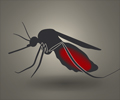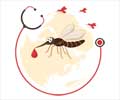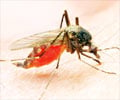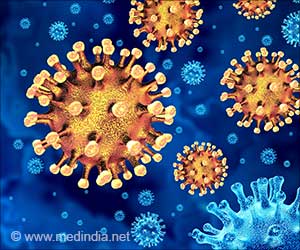India aims for malaria-free status by 2030, with cases and deaths dropping.

Update on India's Progress in Malaria Elimination
Go to source). In 2023, zero malaria cases were reported in 122 districts across various states, according to the Ministry of Health and Family Welfare. At the time of independence in 1947, malaria was one of the most pressing public health challenges, with an estimated 7.5 crore cases annually and 800,000 deaths.
‘#Malaria cases and deaths have significantly decreased in #India between 2017 and 2023. Impressive progress! #mosquitodiseases’





India's Triumph Over Malaria
Over the decades, relentless efforts have drastically reduced these numbers by over 97 percent, with cases declining to just 2 million and deaths plummeting to just 83 by 2023.The latest World Malaria Report 2024, released by the World Health Organisation (WHO), celebrates India’s significant progress."This success is further highlighted by India’s exit from the WHO’s High Burden to High Impact (HBHI) group in 2024, signifying a turning point in its fight against malaria. These achievements reflect the nation’s robust public health interventions and its vision to achieve malaria-free status by 2030," said the ministry.
From 2015 to 2023, numerous states have transitioned from the higher-burden category to the significantly lower or zero-burden category. In 2015, 10 states and Union Territories were classified as high burden (Category 3). Of these, in 2023 only two states (Mizoram and Tripura) remain in Category 3, whereas four states such as Odisha, Chhattisgarh, Jharkhand and Meghalaya have reduced the caseload and moved to Category 2.
Andaman and Nicobar Islands, Madhya Pradesh, Arunachal Pradesh, and Dadra and Nagar Haveli have significantly reduced the caseload and moved to Category 1 in 2023.Simultaneously, intensified surveillance efforts have led to a significant rise in the Annual Blood Examination Rate (ABER), increasing from 9.58 (2015) to 11.62 (2023).
This strengthened surveillance has ensured early detection, timely intervention, and more effective treatment, said the government. Integrated Vector Management (IVM) has been at the core of India’s malaria control efforts. Strategies such as Indoor Residual Spraying (IRS) and the distribution of Long-Lasting Insecticidal Nets (LLINs) have significantly curtailed mosquito populations and disrupted the transmission cycle.
Advertisement
Reference:
- Update on India's Progress in Malaria Elimination - (https://pib.gov.in/PressReleasePage.aspx?PRID=2087878)
Source-IANS









